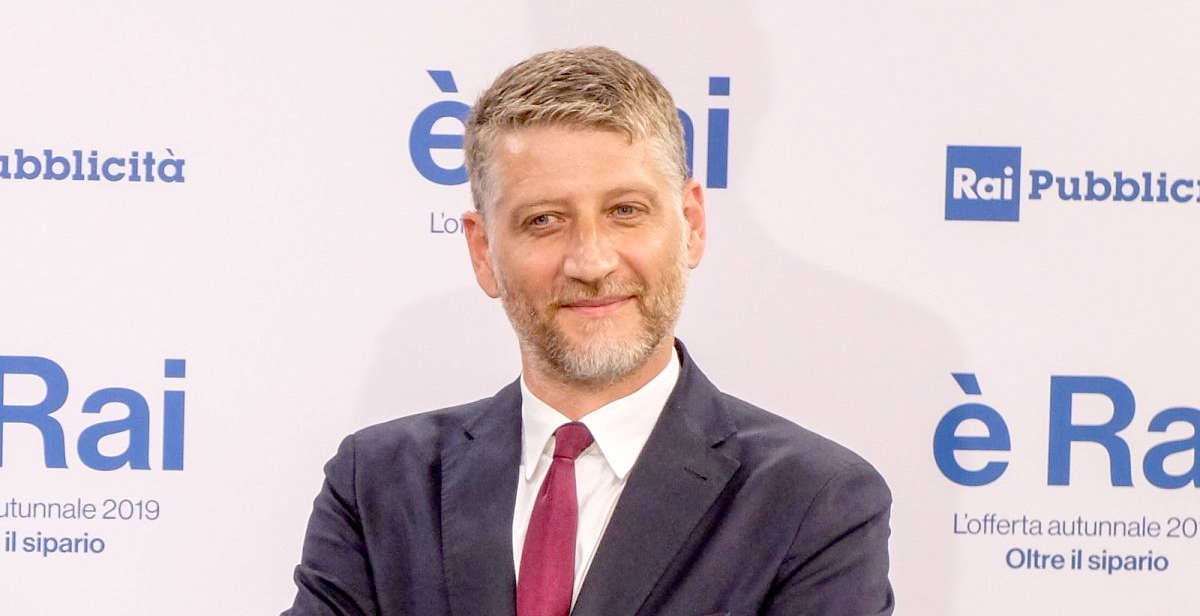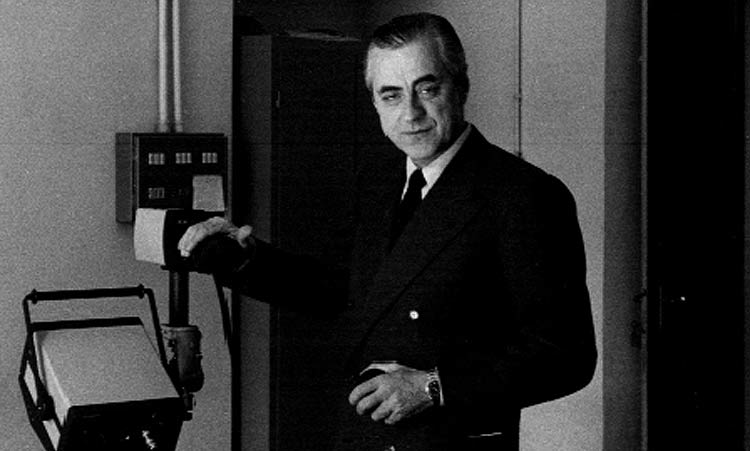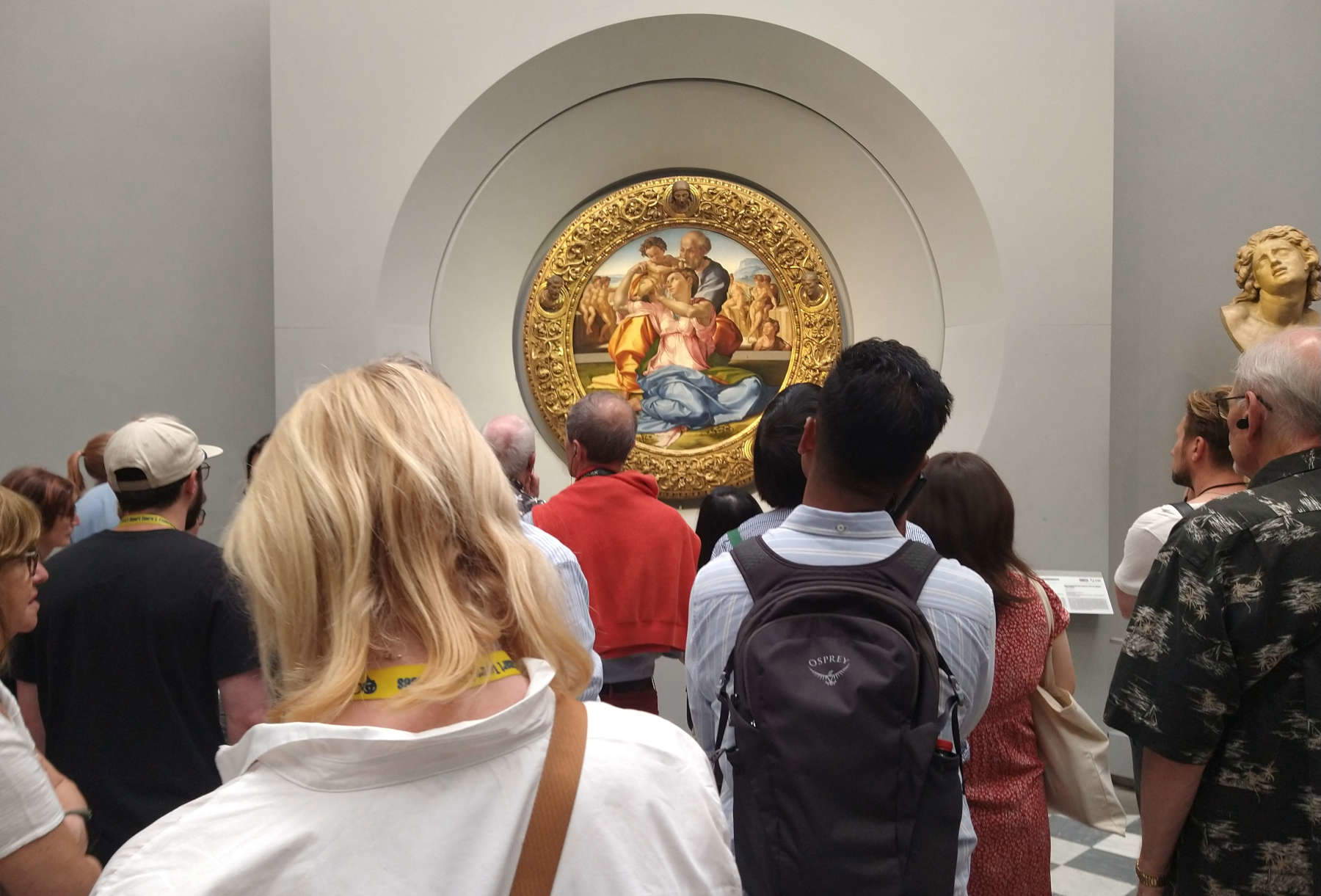Many violent controversies have stirred the waters of the Ministry of Culture in recent days. Controversies with which the work of the two most recent ministers, Gennaro Sangiuliano and Dario Franceschini, has been stigmatized, and which have resulted in the resignation as minister of the former and a self-defense of the latter about a gift received by the city of Pompeii. The latter has become in recent years the epitome of the Ministry’s policy; that is, of a policy that has staked everything on the enhancement of heritage by making it the prime mover of the territory’s economy.
Let us say, then, that all that has taken place has once again skipped one step over a fundamental fact. That is, that the first and true form of valorization of our artistic heritage is its preservation. Theme that no one ever talks about all convinced that conservation coincides with restoration, which is not true for two main reasons both advanced by John Urbani from the direction of a Central Institute of Restoration that was still undisputed international reference point about conservation restoration and protection. First reason, the need to constitute a methodology for surveying data that report on the current state of the thing to be conserved as a “measurable entity,” from which techniques can be objectively deduced with which to slow down its continuous evolution as much as possible-methodology to date (2024) never applied, so that it can be said that in the absence of that measure, restorations are performed blindly.


Second reason is that the main cause of the degradation of our artistic heritage-a degradation that does not concern individual works, but their whole-is the environmental imbalances to which it is continually subjected. Hence the need for the Ministry to provide itself with an organization composed of figures prepared to deal with a heritage conservation action in relation to the environment. In the case taking advantage of a model that is still unique today. The “Pilot Plan for the Programmed Conservation of Cultural Heritage in Umbria” implemented by Urbani with Eni’s research laboratories and with numerous Italian and other university institutes, which was presented in 1976 and was immediately rejected by leftist politics on the basis of semi-farcical reasons such as those given in an article in l’Unità, calling it “a precise attack on the proposals put forward by the forces of the left, and in particular by the Italian Communist Party, for a more democratic management of the cultural heritage [...] to instead hand over entire slices of the public operating space to private groups in the name of a crude managerial ideology,” and not what it was. An Executive Research Project, which subordinated to a “field verification” the choices to be made, within a certain number of variables that had been defined anyway, regarding the size, organization and working methods of a structure in charge of the conservation of Umbria’s artistic heritage, as of any other region.
Here then, the resumption of Urbani’s work interrupted half a century ago by a bureaucracy, in his words, “not only deaf but fiercely hostile to every instance of technical and organizational progress,” could be the trump card of the new minister Giuli. To realize a finally different way of approaching the issue of protection that, among other things, would free him from making Pompeii the navel of the action of safeguarding Italy’s artistic heritage. That is, it would free him from going on excavations to say that finding a charred corpse in a place, precisely Pompeii, submerged by lava at 2.000 degrees of Vesuvius is an important cultural fact; it would free him from the embarrassment of telling his G7 colleagues that, in the time of Microreactors for clean nuclear power, the leading technology in Pompeii is the plaster with which Giuseppe Fiorelli in 1863 made the first casts of those poor dead people; it would free him from having to hearPompeii’s director, Zuchtriegel, as he has done in many interviews, say that in his student days in Berlin he used to discuss with friends the thought of Giorgio Agamben, but showing that he did not know that the Roman philosopher has always placed John Urbani among his Masters by dedicating to him - in print - his The Man without Content, moreover by writing the introduction to some of his books. In fact, if he had known, he would have also known how to measure himself against the themes dealt with by one of the few men of thought who appeared in the galaxy of cultural heritage in recent decades, precisely Urbani. Topics of fundamental importance such as the aleatoriness, when not harmfulness, of aesthetic restorations, or the fact that today artistic heritage has become “an anthropic environmental component just as necessary to the well-being of the species as the ecological balance between the natural environmental components,” up to questioning “the part of chance in today’s art,” a topic the latter’last one that should have led director Zuchtriegel to question whether a series of poor dead people fixed by a plaster cast in the spasms of a horrific end can be a work of art, as a leading cultural historian, Eva Cantarella, vainly remarked, commenting on an exhibition in which Pompeii’s then-director, Osanna, put those poor dead people on perches, making them an “installation” of a necrophilic Campanian Calder.


Most importantly, by doing so, Gi would also free itself from the embarrassment of crowds clogging the narrow streets of Italy’s historic centers, wiping out traditional hotels in favor of bed and breakfasts, radically lowering the level of catering, and leaving various kinds of droppings in the streets: seventy thousand were the visitors to the Uffizi on the May 1 bridge, that is, roughly the entire population of Viterbo, including infants and grandparents. Finally, I close this paper of mine with a quotation that is meant to take away from the reader the idea that he or she is confronted with the dream of the usual beautiful and dreamy soul. A quote from a text in which Urbani wrote: “From Toynbee we have learned that the more the West succeeds in irradiating its technology on the rest of the world, the more the latter opposes it in the all-out defense of its own diverse and varied cultural traditions. Yet even the material vestiges of these traditions, not unlike our own, face a ruin that can only be countered by well-targeted technological innovations. Why not place in these the hope that what has hitherto led to separation and dissension may one day reunite and heal?”
Warning: the translation into English of the original Italian article was created using automatic tools. We undertake to review all articles, but we do not guarantee the total absence of inaccuracies in the translation due to the program. You can find the original by clicking on the ITA button. If you find any mistake,please contact us.